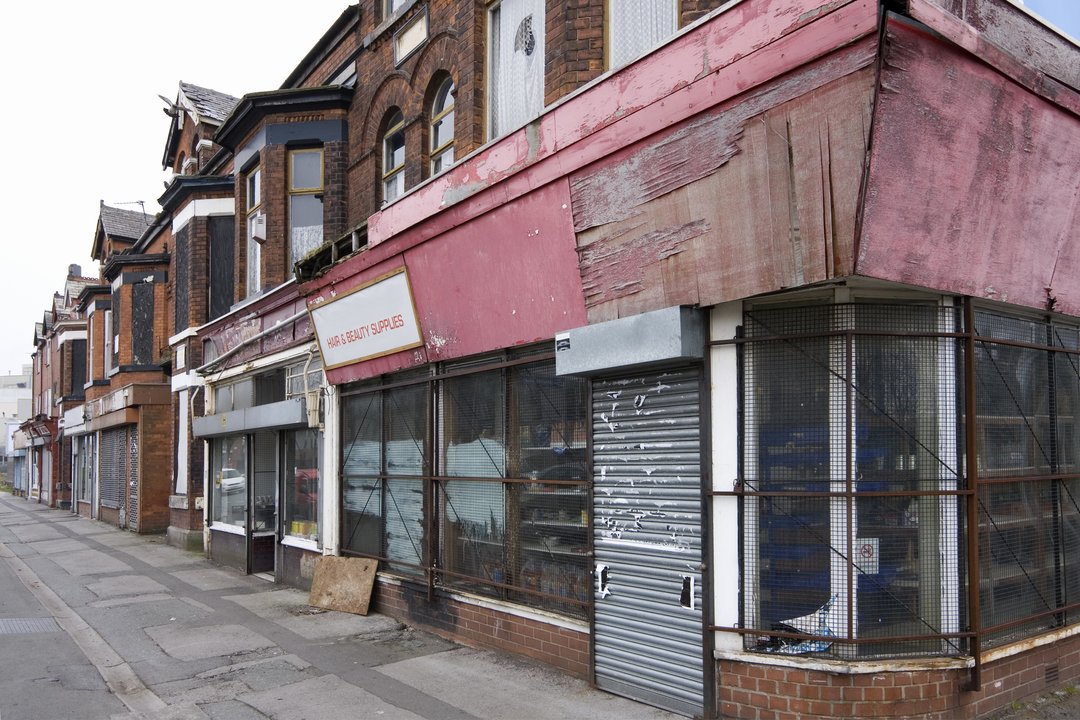
Simon Edelsten
April 28, 2023
How can we tell where the next crisis will erupt?

My mother was furious. It was 1977 and my father, a BBC lighting designer and not an investment specialist, had bought shares in Peachey Properties — a development company run by the flamboyant Eric Miller.
Miller, the original champagne socialist, whose lavish lifestyle included spending more than £1.5mn in today’s money at Bond Street jeweller Asprey, and nearly as much as a deposit on a private jet, was caught using the business as his own private bank. He also lent money to Fulham football club and as a club director he was involved in poaching Bobby Moore from West Ham, so he was not all bad in my eyes.
My mother did not see it like that, though. As the story broke, Dad’s investment looked decidedly uncertain.
Property seems to attract excess. Rising interest rates often expose vulnerabilities and prick the bubble and in the mid-1970s rates hit double figures for the first time in the UK’s history. They peaked later in the US — in 1981, when the Federal Reserve moved aggressively to tame rampant inflation. The federal funds rate hit a record 22.36 per cent that July, according to data from the St Louis Fed.
We forget the world has often coped with single-digit interest rates like today’s. The danger lies in transition. Companies and households that based their financial plans on much lower rates have difficulty adjusting. They are not alone. Lenders — historically, banks — can be swept up in the damage that often emerges only after rates are ramped up.
In the mid-1970s, dozens of small UK lending banks faced bankruptcy as property prices plunged in reaction to rising rates — most famously Slater Walker, whose boss, Jim Slater, noted he had become a “minus millionaire”. Between 1980 and 1994 in the US, more than 1,600 banks closed or had to be rescued.
I began working in the City of London in 1984. That year the grandly titled Continental Illinois National Bank and Trust Company, with over $40bn of assets, failed. It was the largest bank collapse in US history — a record held until the financial crisis of 2008-09.
When lenders struggle, there is a knock-on effect for industries that rely on credit and find it has suddenly disappeared. In 1984, it was the oil sector which had seen over-investment, and could not cope with the combination of rising interest rates and falling oil prices — especially as oil exploration has a payback period from discovery to well depletion of 30 years or more.
We are in this danger zone today. The collapse of Silicon Valley Bank in the US and Credit Suisse in Europe is a reminder, along with the ongoing travails at First Republic. But there will be others. Anticipating where and when the next eruption will come is not easy.
Property looks an obvious choice. Commercial property companies often negotiate five-year leases. If they think inflation will average, say, 6 per cent for the next five years, their optimum position is to make the new rate what it would be in five years were it to rise in line with inflation — a 34 per cent increase. This is unlikely to go down well with a tenant facing inflation pressures themselves.
Most managers of major property companies understand this and the wise ones resist the temptation to borrow too much in the good times. Currently in the UK, debt costs most property companies about 5-6 per cent and properties are priced on yields of between 3.5 per cent and 4.5 per cent. This does not work.
In addition, real estate trusts are facing the after-effects of the pandemic. Working from home and the consequent fall in shopping in city centres has affected demand for space in unexpected ways.
This combination of factors has led property shares sharply lower. For instance, Land Securities shares — £10 before the pandemic — are £6.50 today. European commercial property companies look particularly vulnerable because they have not faced this environment for 15 years. Some property stocks, such as Shaftesbury, which owns much of London’s Covent Garden, will probably bounce back and may even look attractive at 114p. Its recent annual report valued assets at 192p per share, following a recent merger.
As for lenders, I own investments in only two banks. Both are in Japan, where depositors are unlikely to move their cash in search of higher rates because they are not available. If inflation proves persistent, interest rates could be allowed to rise modestly there, enabling these banks to make more from lending than has been possible in recent years.
Investors may think technology companies are well-placed to cope with rising rates. The time between inventing a new software app and bringing it to market is often shorter for them than for those developing physical products, but marketing can require heavy cash burn just when the fuel of credit is running low.
Entrepreneurs (and potential private equity funders) are motivated by reward. Floating a company on an exchange such as the Nasdaq has been a valuable way of generating that — as well as a source of additional capital. But valuations today are much lower than they were three years ago.
This is a time to recheck the debt carried by companies in your portfolio. Interest rates may be close to peaking, but the danger is not over yet.
Simon Edelsten
This affects more than just lenders and founders. Staff such as coders may be remunerated in part with stock options. These now look less valuable, just as employees’ monthly mortgage payments are spiking. We are underweight tech and our preference is for companies such as Google, Microsoft, Salesforce and Adobe — mature businesses, not dependent on banks and other lenders.
Biotechnology could face a different squeeze. Rising rates squeeze the public purse. Although we are seeing a dramatic rate of innovation, especially in genetic biology, public health bodies face mounting bills from caring for an ageing population using existing treatments. Money for new cures, especially of rare diseases, may be scarce until proven successful and unless cheaper.
Finally, we should not assume that renewable energy will escape. Investment in any utility requires a long payback. We assume governments will support this sector but they may be less protective of shareholders if they are perceived as profiting too much from the climate crisis.
Inflation is starting to fall and the risk of it escalating is now reduced, with oil at less than $80 a barrel rather than the $123 it was a year ago. Hopefully, that means companies need make more modest adjustments — perhaps preparing for persistent inflation and interest rates between 3 per cent and 4 per cent. But this is a time to recheck the debt carried by companies in your portfolio. Interest rates may be close to peaking, but the danger is not over yet. The world looks decidedly more Peachey than peachy.
Simon Edelsten is co-manager of the Mid Wynd International Investment Trust and Artemis Global Select Fund
Copyright The Financial Times Limited 2025
© 2025 The Financial Times Ltd. All rights reserved. Please do not copy and paste FT articles and redistribute by email or post to the web.
This article was legally licensed by AdvisorStream


